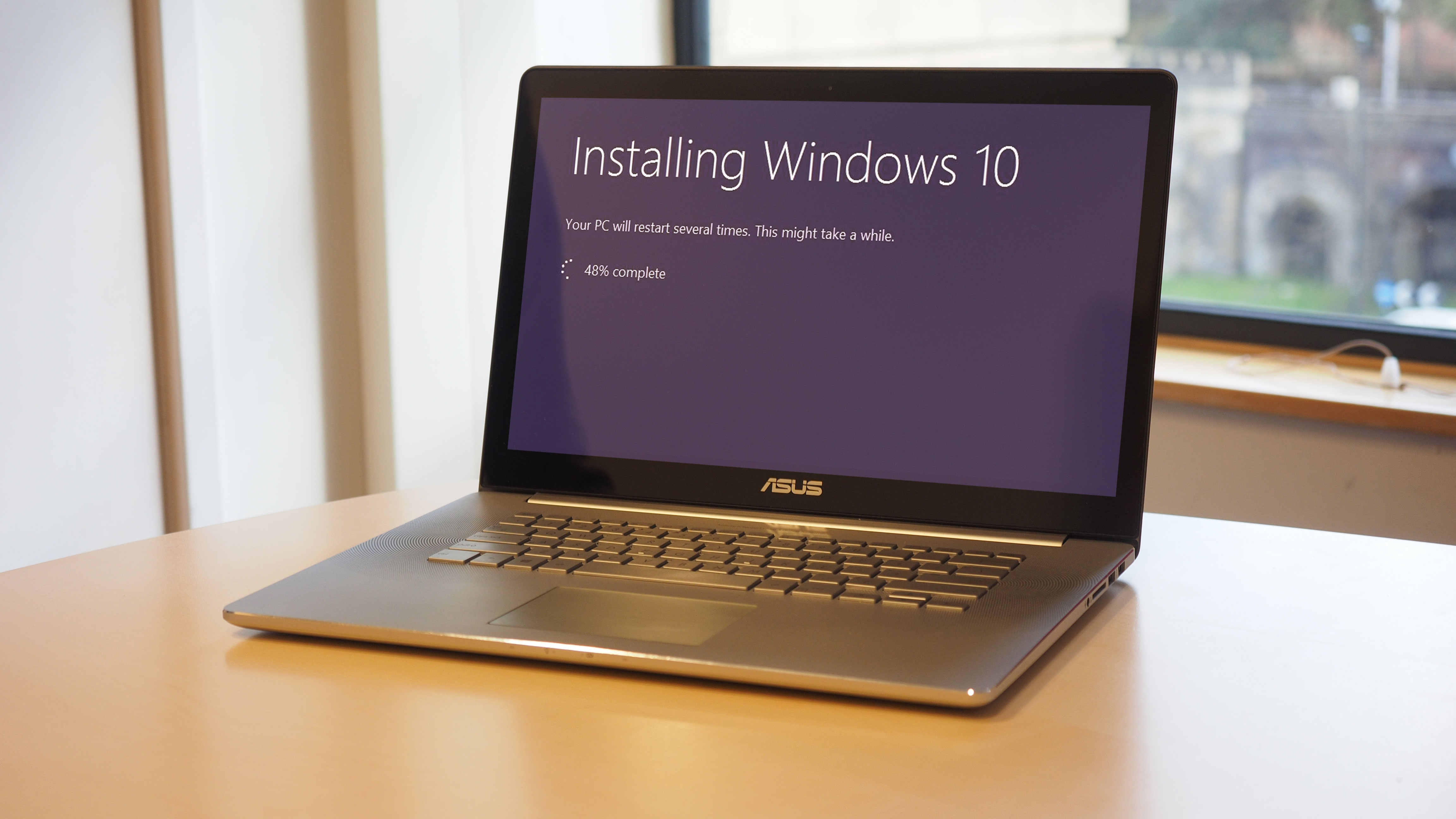Windows 10 hits 400 million devices, but it's losing momentum
Adoption is slowing now the free upgrade has expired

With its Ignite conference in full swing, Microsoft has revealed that Windows 10 has passed a new milestone, having found a home on over 400 million devices.
Yusuf Mehdi, Corporate Vice President, Windows and Devices Group, said in a blog post that there are "more than 400 million monthly active devices now running Windows 10".
While that's obviously meant to sound impressive on the face of it, and indeed clearly that is a lot of users, it actually represents a slowdown in terms of Microsoft's official figures for adoption.
Looking back at when the previous milestones were achieved, Mehdi announced 300 million users at the start of May, and 350 million users at the end of June.
So if we are now at 400 million at close to the end of September, a quick bit of rough maths shows that Microsoft gained 50 million users in the last three months, with the previous 50 million taking only two months (May and June).
Indeed, as we worked out previously, the first four months of this year saw 100 million people take the plunge, meaning that Windows 10 has been consistently putting on 25 million users per month in the first half of 2016. But in the last three months, that's dropped to around 17 million users per month.
Which would seem to indicate that the end of the free upgrade offer, which expired at the close of July, has slowed the rate of adoption of the OS by a considerable amount.
Get daily insight, inspiration and deals in your inbox
Sign up for breaking news, reviews, opinion, top tech deals, and more.
Stats central
Microsoft's official numbers are, however, at odds with the most recent stats we saw from Netmarketshare for the month of August, which showed that Windows 10 increased its market share by 1.86%, which was hardly any different to the gain of 1.99% observed in July.
That would seem to indicate that the expiration of the freebie offer didn't affect Windows 10 adoption much at all, but as ever these figures are all pulled from different sources, so variation is expected – and there are reasons why Netmarketshare's numbers may have come out this way as we discussed in our article earlier this month.
It'll certainly be interesting to see how third-party metrics stack up for September, but at any rate, Microsoft's statistics are straight from the source, and certainly seem like a truer picture – we expected to see some kind of drag factor kick in post-upgrade offer, after all.
Previous to 2016, at the tail end of last year, 30 million users per month were switching to Windows 10, so adoption has actually slowed from that level to 25 million in the first half of this year, and now to just under 17 million.
Assuming the rate remains constant at this level going forward – which isn't a particularly wise assumption to make, but let's do it anyway – it'll take Microsoft another three years to reach a billion devices; in other words, that won't happen until September 2019. The original target for the magic billion was summer 2018, but that was revised this summer when it became clear that this wasn't a realistic goal any longer.
Darren is a freelancer writing news and features for TechRadar (and occasionally T3) across a broad range of computing topics including CPUs, GPUs, various other hardware, VPNs, antivirus and more. He has written about tech for the best part of three decades, and writes books in his spare time (his debut novel - 'I Know What You Did Last Supper' - was published by Hachette UK in 2013).